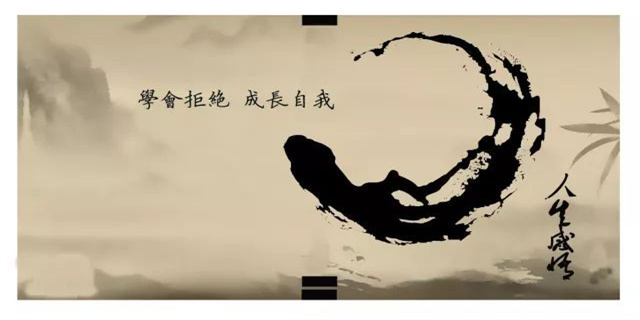Introduction
Design style translation is an essential part of any international design project. A design style reflects a culture’s artistic preferences, visual traditions, and social trends, which makes it a unique and specific aspect of a culture. As today’s world becomes more globalized, design style translation becomes increasingly important. In this article, we will explore the best practices for translating design styles from different cultural perspectives.Translating from Different Cultural Perspectives
Design style translation involves more than simply changing design elements from one language to another; it requires a deep understanding of the culture’s visual aesthetic, social norms, and historical developments. For example, when translating European design styles such as Art Nouveau, we must have a good understanding of the historical Periods and movements that influenced its development, the materials used, and the popular motifs. Similarly, we must understand the historical development and cultural significance of different styles that exist outside of Europe. When translating traditional Asian styles such as Chinese or Japanese, we must appreciate the significance of motifs such as dragons, bonsai, and bamboo. Without this understanding, we are likely to produce designs that are not culturally sensitive.Factors to Consider When Translating Design Styles
Translating design styles requires a thorough understanding of the cultural and historical contexts that have shaped them. In addition to this, there are several other factors that must be considered when translating design styles. One of the most important considerations is the target audience. Understanding the target audience’s age, gender, education, and social background can help us tailor our design styles to suit their tastes and preferences. For example, younger audiences may appreciate more modern and minimalist designs, while older audiences might prefer more ornate and traditional styles. Another important consideration is the project’s purpose. If our project aims to promote a product or service, we may want to consider more streamlined, modern designs that connect with younger audiences. If, however, our project aims to promote a heritage site, we may prefer more traditional designs that evoke a sense of history and nostalgia.Conclusion
Design style translation is an increasingly important aspect of international design projects. To ensure that we produce culturally and socially sensitive designs, we must take into account the cultural and historical contexts that have shaped different design styles. Furthermore, our designs must be tailored to suit the preferences and tastes of our target audience and the project’s overall purpose. By following these best practices, we can produce designs that break down cultural barriers and connect with audiences from diverse backgrounds.版权声明:《设计风格英文翻译(Design Style Translation A Guide to Translating Design Styles)》文章主要来源于网络,不代表本网站立场,不承担相关法律责任,如涉及版权问题,请发送邮件至2509906388@qq.com举报,我们会在第一时间进行处理。本文文章链接:http://www.jingxiaohe8.com/shzt/4938.html





